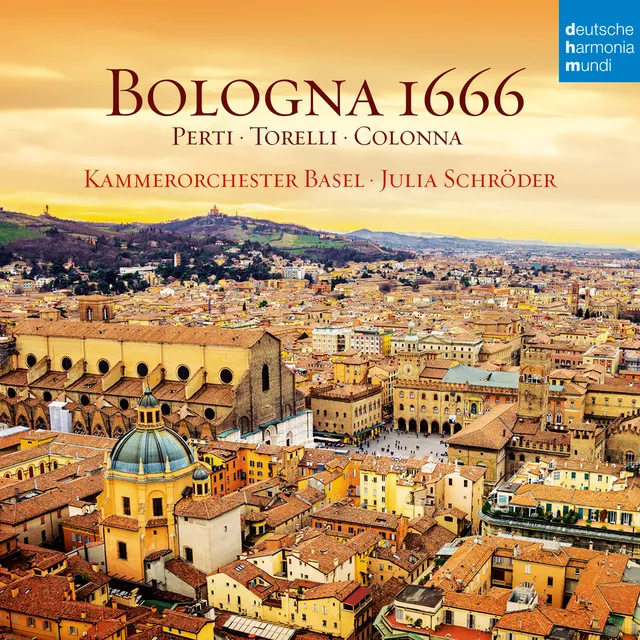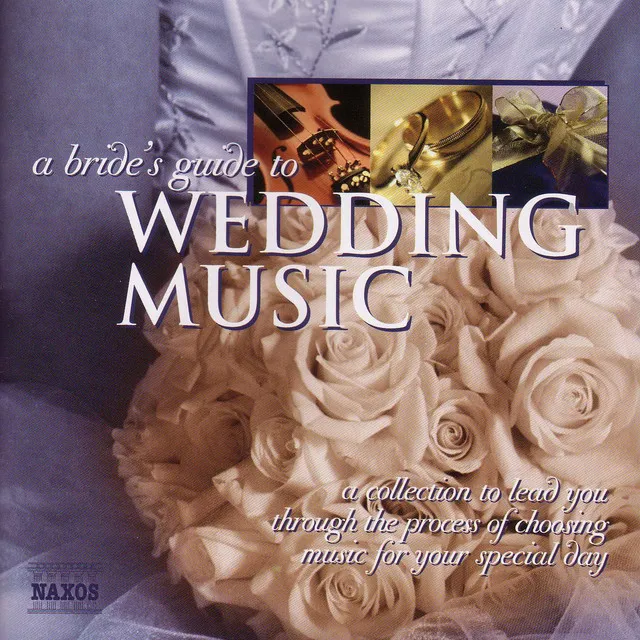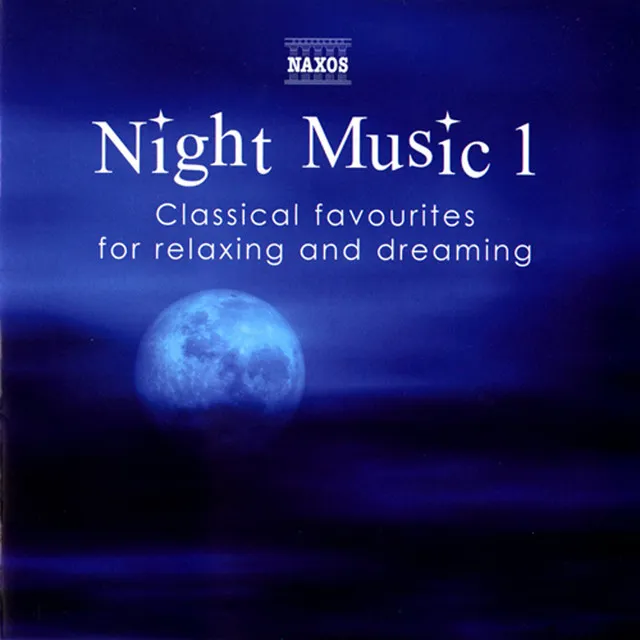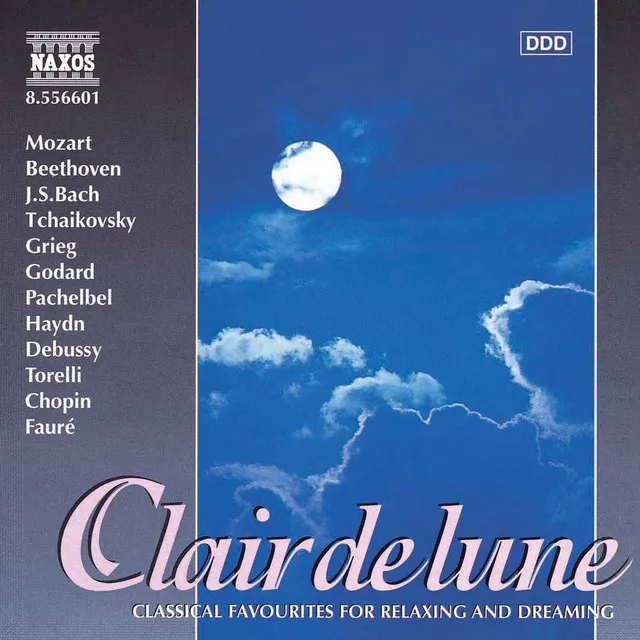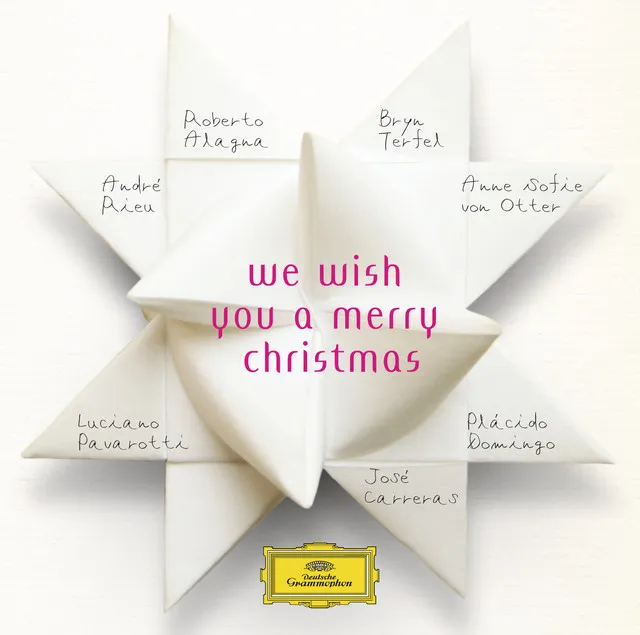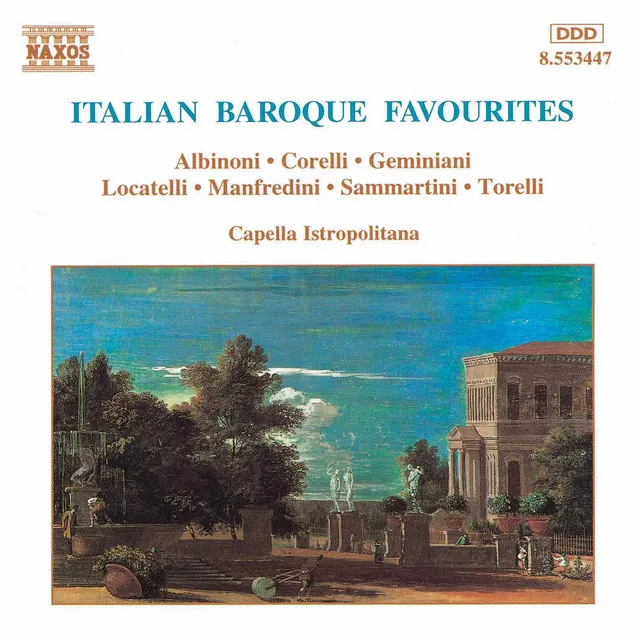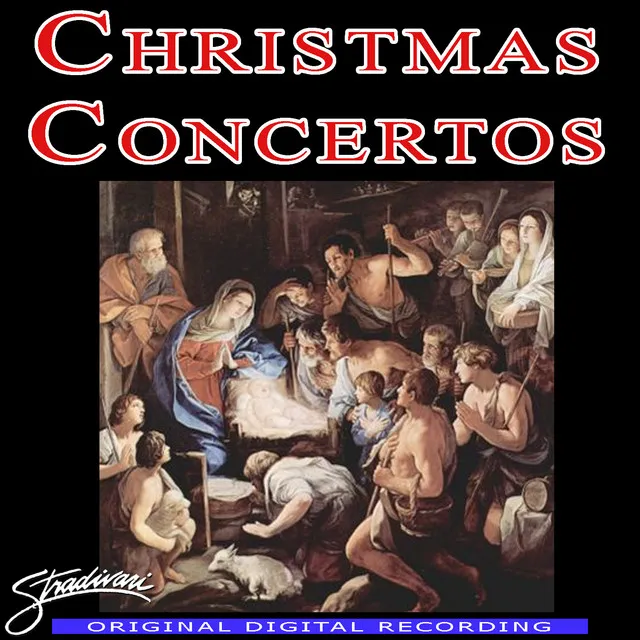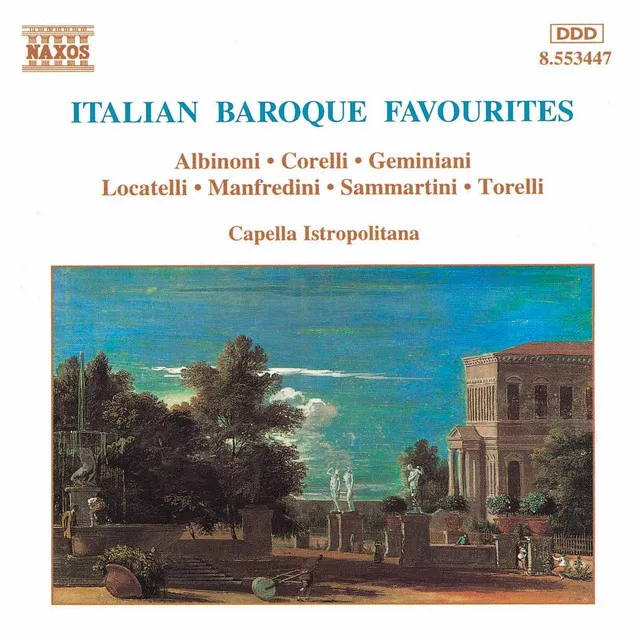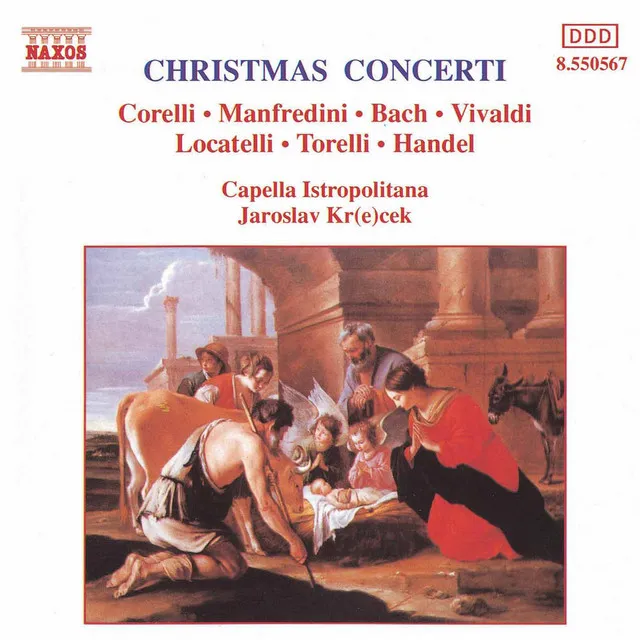Giuseppe Torelli was a Baroque composer whose music served as an essential link in the evolution of the concerto grosso and solo concerto forms. His works were published in seven collections of concertos, sinfonias, and sonatas, all appearing chronologically. Thus, one can trace his progress from the rather conventional style of the early chamber-oriented concertos and sonatas to the more expansive and stronger efforts of the middle sets. The last two of his collections, 12 Concerti musicali and 12 Concerti grossi con una pastorale are the flowering of his efforts in the these genres. The Concerti musicali are more deftly written than his previous efforts, with ritornellos taking a more prominent role, while the Concerti grossi show his full grasp of structure and a crucial balancing of the roles of the soloist and the orchestral players.
Torelli was born in Verona, Italy, on April 22, 1658. Not much is known about his early years, though it has been suggested that Giuliano Massaroti was one of Torelli's earliest teachers, owing to his close proximity in Verona. Torelli departed Verona in the early 1680s and shortly afterward may have taken the post as maestro di cappella at the Imola Cathedral in the Bologna province. An accomplished string player, he also began studying composition with G.A. Perti around this time. Torelli's first published works were the ten Sonate a 3, for violin and basso continuo, and 12 Concerto da camera for two violins and basso continuo. Both appeared in 1686, and were probably written shortly after his arrival in Bologna.
In 1687, Torelli published his third collection of works, this one a set of 12 Sinfonie, for two to four instruments. His next (1688) was the 12 Concertino per camera, for violin and cello. Around 1690 Torelli began writing his first trumpet works, the Suonata con stromenti e tromba. The composer's growing interest in the trumpet, unusual for a string player, likely owed something to the virtuoso trumpeter Giovanni Pellegrino Brandi, who occasionally performed with the San Petronio orchestra, of which Torelli was a member.
In 1692 Torelli published another collection of works, the Sinfonie a 3 e concerti a 4. Four years later he departed Bologna, eventually reaching Ansbach, Germany, where he engaged in some joint musical ventures with his friend, Pistocchi, the famous castrato and composer. There are accounts that during this time, Torelli toured Germany with Pistocchi.
Torelli was appointed maestro di concerto in Ansbach, probably in 1697. It appears that during his tenure there, he wrote very little music, apparently finding the duties demanding. The composer was known to suffer from hypochondria in his later years, and the condition may well have been worsening for him while away from home.
Torelli spent some time in Vienna but was back in Bologna in 1701, quickly landing a position with the newly formed San Petronio cappella musicale. Torelli and Pistocchi seem to have appeared in a number of concerts together in the early 1700s, most likely earning substantial fees. Relatively little is known about Torelli in his final years, except that he composed little music. His only significant effort was the 12 Concerti grossi con una pastorale, Op. 8, which features one of his more popular pieces, the so-called Christmas Eve Concerto (No. 6). Torelli died on February 8, 1709.

